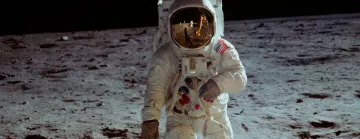The Intelligent Design of Trees
As the largest plants around, trees dominate our view when taking a woodland walk, and we enjoy the beauty of their trunk and branches as well as the shade they provide on a warm day. There’s another cool aspect about trees that’s overlooked: the beauty of their design.
- Read more about The Intelligent Design of Trees
- Log in to post comments









